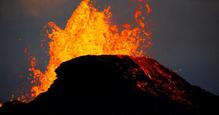
I wrote this article after I came back from Greece in 2012 and had scheduled it on my blog for today months before Kilauea Volcano erupted in Hawaii.
Hawaii’s Kilauea-volcano
Photo: www.cbsnews.com
What foresight! Even though the affected residents didn’t live on the rim of the Kilauea’s crater, I now have a much better appreciation of the seismic events that took place in Greece thousands of years ago.
On my cruise to Greece and Turkey, we visited Santorini, one of the Greek Islands in the southern Aegean Sea. I’d heard a lot about Santorini, primarily as a vacation spot, but I didn't know what to expect. It's among the more interesting of the islands because of its unique history.
Located about 120 miles from the Greek mainland, it is the largest island in a small circular archipelago formed by an enormous volcanic eruption which obliterated what was before a single island. On Santorini, people can live on the actual rim of the crater … and they do.
VOLCANIC ACTIVITY
The island of Santorini exists in the most active portion of the South Aegean Volcanic Arc. It marks the subduction of the African tectonic plate underneath the Aegean subplate of the Euransian tectonic plate at the rate of up to 5 centimeters per year.
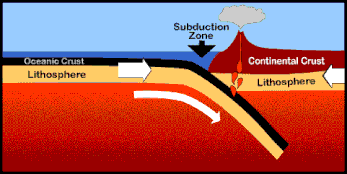
Eruption Phases 1 & 2 Eruption Phase 3 Eruption Phase 4
Lagonal caldera from Opening to Sea closes New caldera isolated from sea
22,000 years ago. Construction of larger cone.
Caldera flooding thru Last stage submarine landslides Post-caldera construction of
north-east breach. open the south-west breach. volcano 3,600 BC thru today.
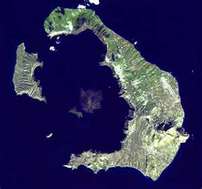
End Result - Photo from
https://www.jpl.nasa.gov/spaceimages/details.php?id=PIA02673
The Minoan civilization, which evolved on the island of Crete circa the 27th century BC [The Bronze Age] and lasted until the 15th century BC, eventually dominated the islands of the Aegean Sea, including the island of Thera (sometimes known as Strongili).
Another less violent eruption in circa 1500 BC destroyed the island of Thera, leaving what is today the volcanic caldera made up of two now-inhabited islands, Santorini and Therasia, and the uninhabited islands of Nea Kameni, Palaia Kameni, Aspronsi, and Christiana.
The eruption left the remaining land masses uninhabited throughout the remaining three hundred years of the Bronze Age, during which time the Greeks took over Crete. It also caused a gigantic tsunami which may have contributed to the collapse of the Minoan civilization on the island of Crete 68 miles to the south. One popular theory is that this eruption is the source of the legend of Atlantis.
A second volcanic eruption of great magnitude took place sometime between 1500 BC and 1400 BC creating huge tidal waves along the coasts of Africa and Asia Minor. That activity is the source of the postulation that the eruption caused of the biblical plagues in Egypt since the event corresponds with the dating of Moses in Egypt.
After that, the volcano became dormant until another eruption in196 BC, when the island of Palea Kameni was created by the lava flow at the point of eruption. Activity continued until 1711 AC but the disturbances were not as strong, and even in the twentieth century there has been enough activity to cause damage.
The formation of the caldera [a feature usually formed by the collapse of land following a volcanic eruption and sometimes confused with volcanic craters] is best seen in map and photographs below.
volcano.oregonstate.edu/Santorini
EARLY SETTLEMENT
Excavations in Santorini, Therassia, and Aspronisi revealed a developed civilization similar to the Minoan that flourished in Crete around 200 BC. They cultivated food, made pottery, painted wall frescos and traded with neighboring islands.
The first inhabitants of were probably coastal people from Asia Minor and, according to Herodotus, the Phoenicians. After the 1500 BC eruption, everything had been covered with volcanic ash and lava, and it remained unoccupied until around 1050 BC when Theras, former king of Sparta, came there. After that it was called Thera.
Photo: www.santorini-private-tours.com Photo courtesty of Touristorama www.santorini-private-tours.com
OIA VILLAGE
This town, located on the north end of Santorini, has to be one of the most scenic places in Europe. With only a couple thousand permanent residents, there’s not much there except the quaint village and dramatic scenery to be photographed.
However, in 1976, Oia was included in a preservation program of traditional settlements of the Greek National Tourism Organization. This organization has preserved and restored many buildings and received the Europa Nostra Prise in 1979 and the Prize of the Architecture Biennale in Sofia in 1986.
Photos: R. Ann Siracusa
Marie Lucero on a cloudy day
There are a lot of small villages, resorts, and wonderful beaches. Santorini is a great place for a relaxing vacation, although it’s no longer the “hot spot” of the European aristocracy that it was a few decades ago.
You can see why traveling is my inspiration for writing. I look for unique features of the location try to envision what could happen only in that civilization or in that specific place. Santorini might be the inspiration for an historical or even fantasy.
□
Sources
http://www.medellin.unal.edu.co/~rrodriguez/geologia/ofiolitas/Introduction%20to%20Physical%20Geology%20Syllabus.htm
https://www.revolvy.com/main/index.php?s=Eurasian%20plate&item_type=topic
https://en.wikipedia.org/wiki/Santorini_caldera
http://www.visitgreece.gr/en/greek_islands/santorini
http://www.decadevolcano.net/santorini/santorini_geology_geography.htm
http://jersey.uoregon.edu/~mstrick/AskGeoMan/geoQuerry18.html
https://volcano.si.edu/volcano.cfm?vn=212040
s://www.lonelyplanet.com/greece/cyclades/santorini-thira
https://en.wikipedia.org/wiki/Oia,_Greece
https://www.airpano.com/360Degree-VirtualTour.php?3D=Santorini-Greece
http://volcano.oregonstate.edu/santorini
http://www.world-guides.com/
https://www.jpl.nasa.gov/spaceimages/details.php?id=PIA02673
http://www.aoi.com.au/Wild/Minoan/index.htm
https://inhabitat.com/nasas-jet-propulsion-laboratory-is-developing-robots-to-explore-hawaiis-volcanoes/
https://volcanoes-kayla-young.wikispaces.com
http://www.dailymail.co.uk/sciencetech/article-3916962/The-wave-sunk-Atlantis-Deadly-tsunamis-late-Bronze-Age-driven-lava-flow.html
http://www.photovolcanica.com/VolcanoInfo/Santorini/Santorini.html
http://www.greekisland.co.uk/greeks/greek-maps.htm
http://www.santorini-private-tours.com/Akrotiri_pictures.html
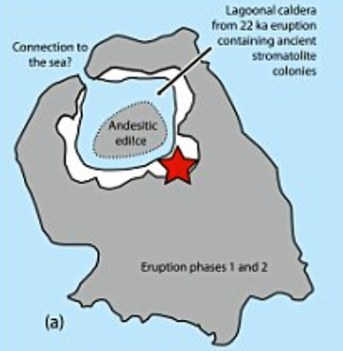
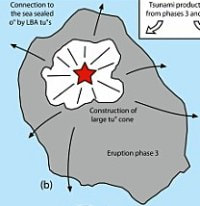
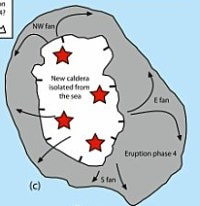
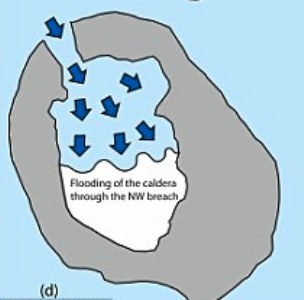
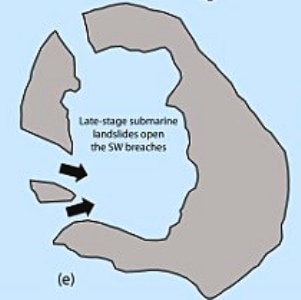
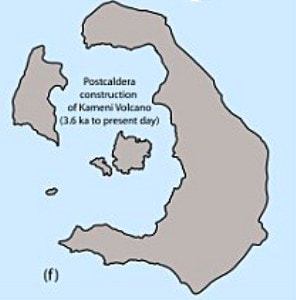
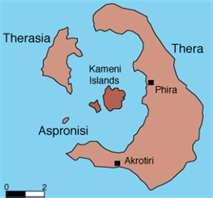
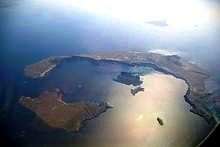

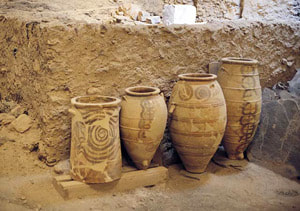
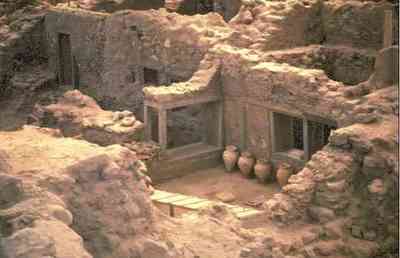
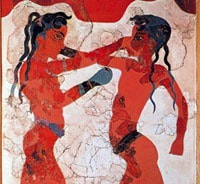
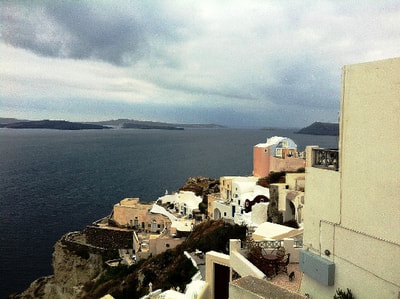
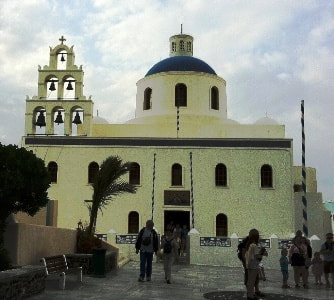
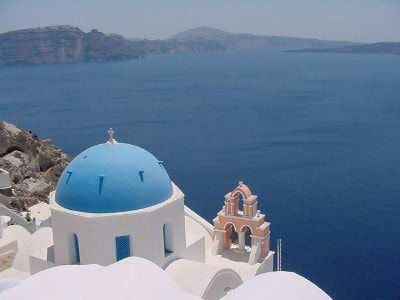
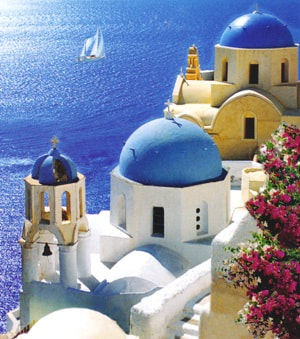
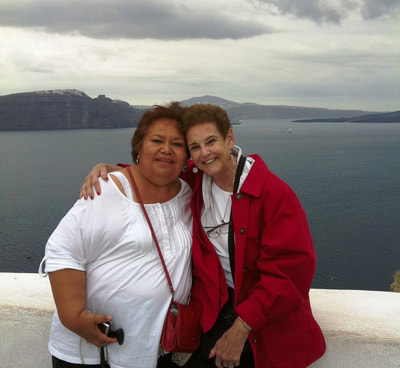
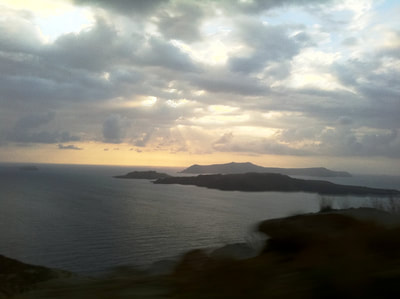
 RSS Feed
RSS Feed